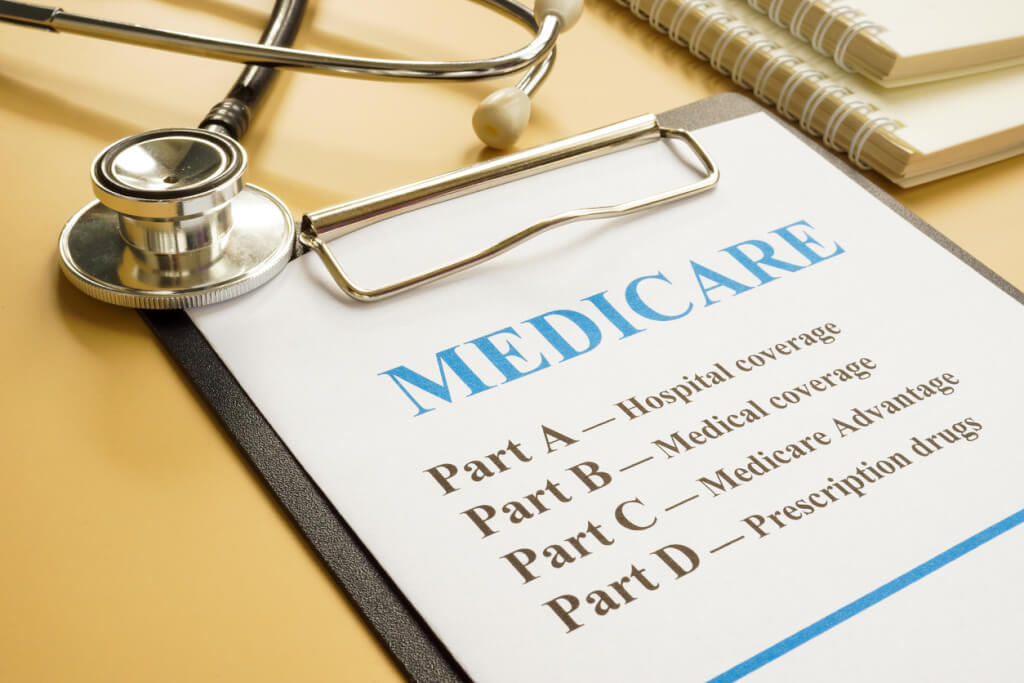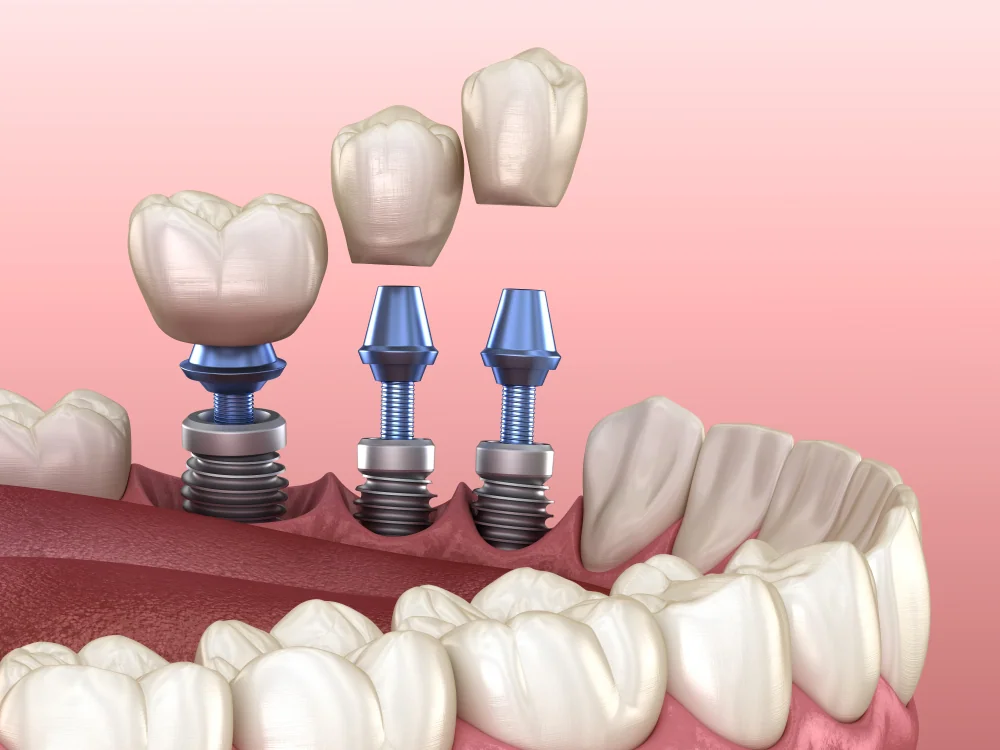How to Recognize OCD (Obsessive-Compulsive Disorder) and Therapies
- Posted on Nov. 7, 2023
- Health
- Views 84
All people sometimes have obsessive ideas, for example, checking whether the oven is turned off or whether the door is closed. When obsessive thoughts prevent a person from living a normal life, it is classified as a disease. In this case, timely diagnosis and assistance are needed.
Read More

What Is OCD?
Obsessive compulsive disorder, OCD - is a mental illness that affects a person’s behavior, mood, and ability to work. This pathology is manifested by obsessions - obsessive thoughts that give rise to compulsions - forced, often illogical actions. The diagnosis is made based on the medical history. Treatment consists of psychotherapy and pharmacological therapy.
Not long ago, the diagnosis of Obsessive-Compulsive Disorder was rarely made because it was misdiagnosed. However, research over the past 20 years has led to a greater understanding of OCD, and as a result, we have a much better idea of how common the disorder really is. It is currently estimated that approximately 2-3% of the population suffers from OCD.
Obsessive-compulsive Disorder / OCD: Symptoms
Obsessions/thoughts vary widely from person to person. Here are some examples of common obsessions in OCD:
- Exaggerated fears of becoming dirty from contact with people or household objects.
- A person's painful doubts about whether they have locked the windows, doors in the house, car, or garage.
- Excessive concern about whether the stove, iron, or electric kettle is turned off.
- Excessive desire to arrange things/objects so that “everything is in its place.”
- Fears that a person may commit acts that could be classified as violence, sexual harassment, immoral acts, or blasphemy.
Just like obsessive thoughts, when diagnosed with Obsessive-Compulsive Disorder, obsessive actions also vary widely. Here are some examples of compulsions in OCD:
- Repeated hand washing or showering, or excessive use of antibacterial cleansers to remove possible contamination.
- Avoiding contact with surrounding objects such as sinks, toilets, door handles, money, and/or virtually any objects that could potentially accumulate and/or carry dirt.
- When a person frequently checks door locks, windows, stove knobs, electrical switches and outlets, etc.
- Repeatedly saying prayers to ensure that they do not commit unacceptable, inappropriate, or immoral acts.
- Avoiding situations in which there is a fear of the appearance of unwanted thoughts, feelings, and sensations.
- A constant desire to receive reassurance from other people that they will not engage in unacceptable, inappropriate, or immoral acts.
Some people diagnosed with OCD may also be diagnosed with pure Obsessive Compulsive Disorder, which is when they say they have intrusive thoughts but no compulsive actions. Such obsessions often appear in the form of intrusive, unwanted thoughts or images when a person engages in some action that they consider harmful, cruel, inappropriate, immoral, sexually inappropriate, or blasphemous.
Treatment of OCD
There are two treatment options for obsessive-compulsive disorder: psychotherapy as a separate method or in combination with medications. Antidepressants are often used for treatment - they alleviate obsessions and help cope with compulsions. The drugs are prescribed by a psychiatrist.
Parallel work with a psychotherapist helps a person realize their condition, understand its causes, and tune in to fight it or develop new, less destructive compulsions that cause less discomfort. Psychotherapy can help cope with obsessions, but in some cases, medication is also necessary for treatment
In addition, a specialist will help you get rid of anxiety, depression, and suicidal thoughts, support and suggest exactly how you can solve problems associated with OCD. Comprehensive treatment is a very important component for your Mental Health.
Conclusion: Prognosis for OCD
Without the help of a specialist and appropriate treatment, remission of the disorder, that is, a decrease in the frequency and intrusiveness of obsessions and compulsions, is rarely observed - in less than 20% of cases. With treatment, it is most often possible to achieve long-term remission. However, it may be interrupted if the patient stops taking medications, undergoing psychotherapy, and encounters another intrusive thought trigger.
Complete recovery is rare. About 40% of patients do not respond to initial treatment, but some begin to feel better after changing the drug. The course of OCD depends on the patient’s personal characteristics, concomitant diseases, and the environment.
During the first exacerbation, the patient's condition may improve independently within 1 year. But if the exacerbation lasts more than a year, then OCD can be expected to persist in the future. The main goal of therapy is to relieve the exacerbation and maintain improvement with the help of medications and consultations with a psychiatrist. Do not neglect consultation with a specialist, because this is extremely important. Be healthy!


